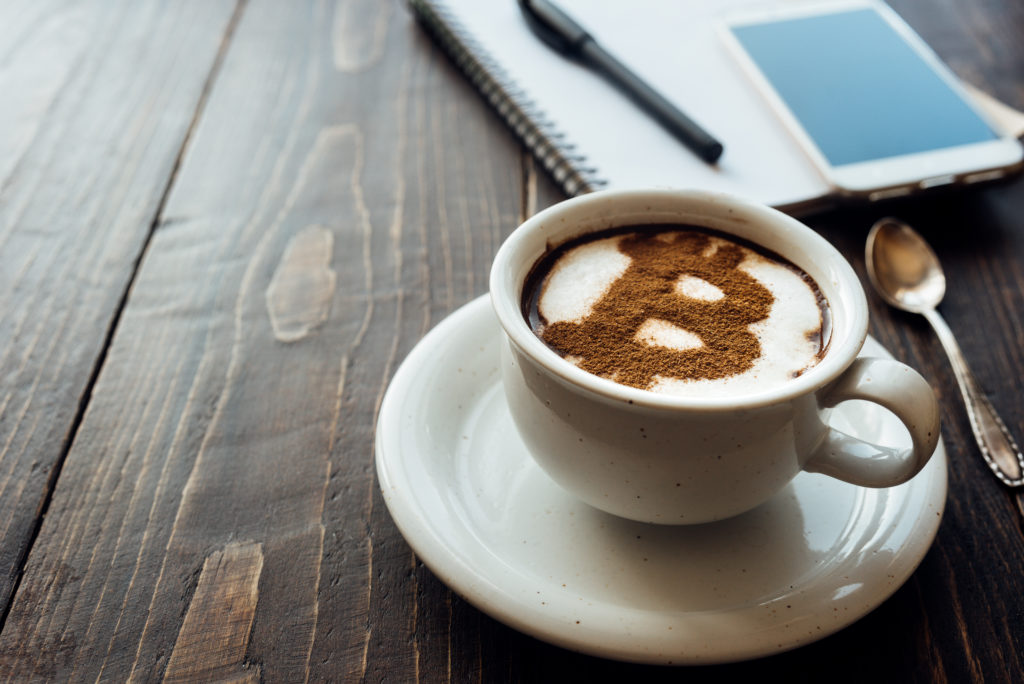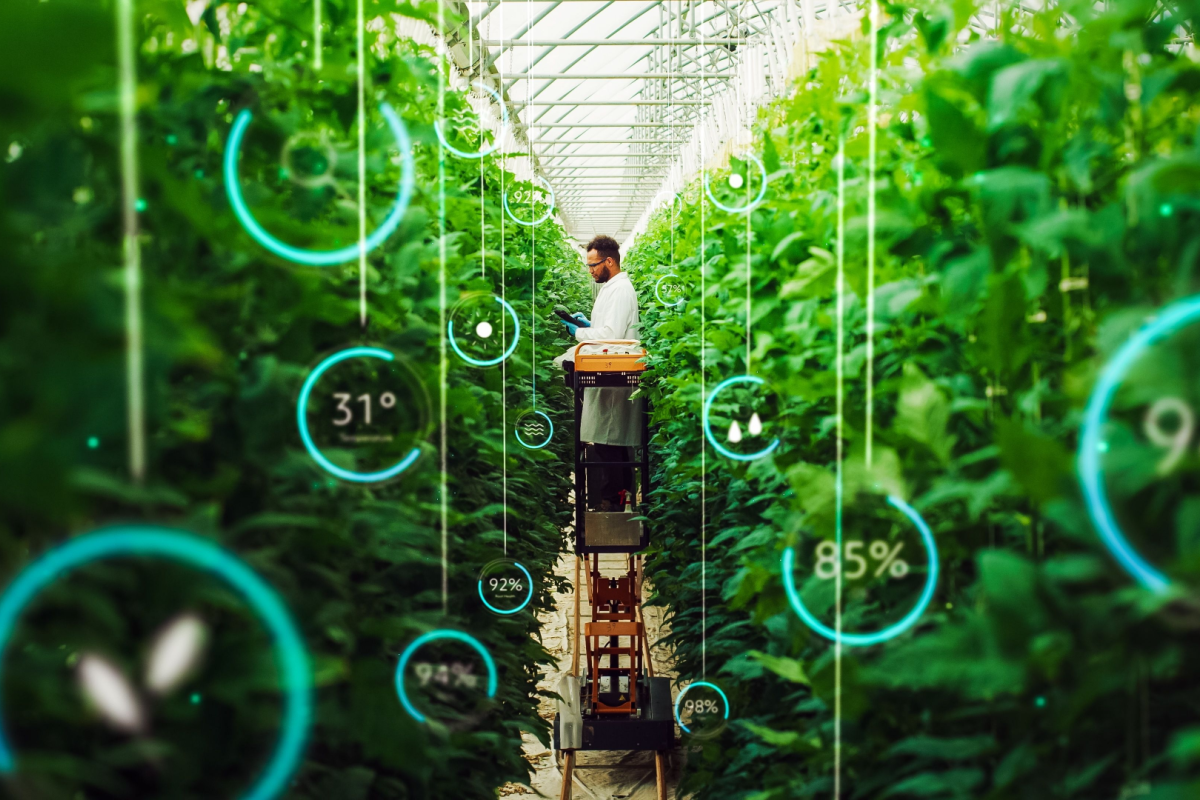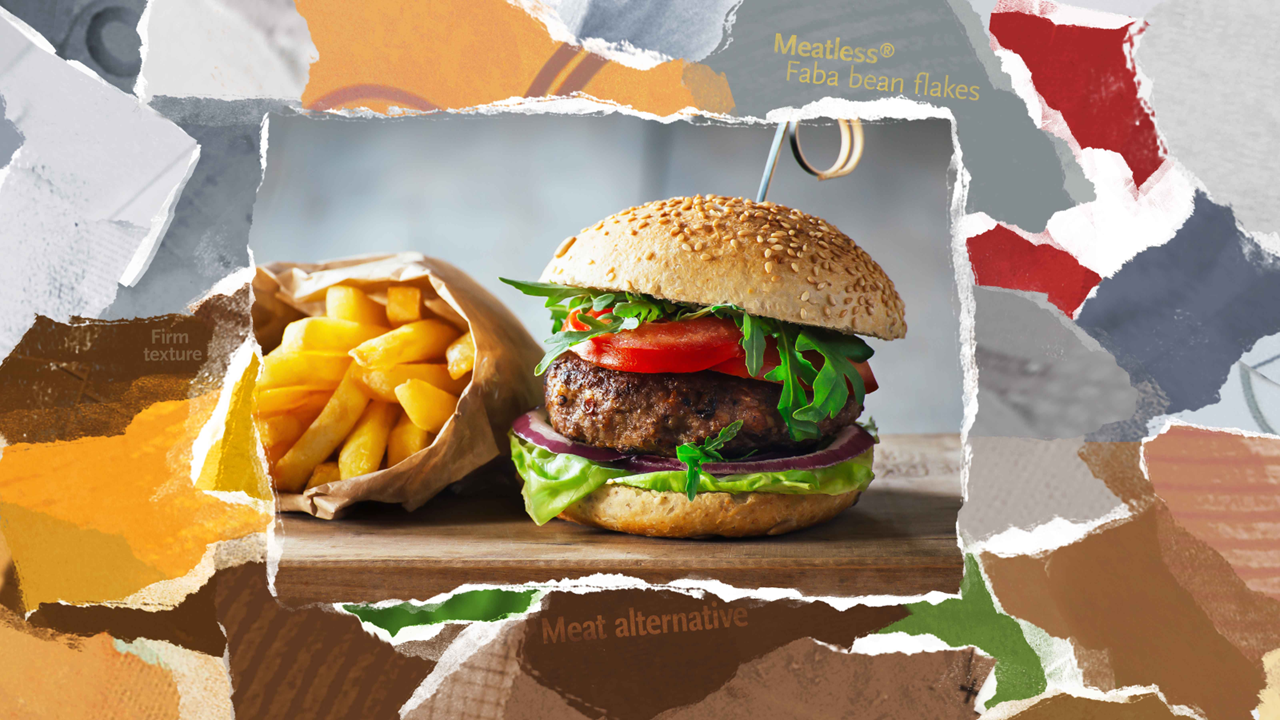Since cryptocurrencies and the Metaverse are based in the digital realm and food is firmly rooted in the physical, they might not seem like the most intuitive pairing. But back to the early days of crypto, the very first use case for Bitcoin was related to food. In the spring of 2010, two Papa John’s pizzas were purchased for 10,000 BTC, which would be worth about $389,500,000 today.
That day, May 22, 2010, is now enshrined in the crypto calendar as Bitcoin Pizza Day. While the event ended up becoming an annual celebration with restaurants and crypto firms taking advantage of the marketing opportunities, the day also kicked off crypto’s relationship with the food industry. Here’s a deeper look and the connections between food and cryptocurrency, as well as the Metaverse, and how they can help each other in their respective growing spaces.
The History of Cryptocurrency and Food
Aside from Bitcoin Pizza Day, the cryptocurrency space has always seemed to have an insatiable appetite for food-related fads. While many are now classified as “dead coins,” a slew of defunct tokens were based around foods, including Baconbitscoin, Barbequecoin and Onioncoin. Pizzacoin still shows up on the crypto tracking website CoinMarketCap. The decentralized finance (DeFi) era brought a fresh batch of food-related protocols to the table, including SushiSwap and PancakeSwap, both of which are commonly used decentralized exchanges.
Names aside, over the last few years there has been plenty of development at the intersections of blockchain, cryptocurrency and food. Food traceability, for example, is a prevalent area in which they converge. Through IBM’s Food Trust, Nestlé and French supermarket chain Carrefour began using blockchain technology in 2019 to increase trust and transparency for conscious consumers. Nestlé also expanded its use of blockchain for its coffee brand in 2020.
Related: Here’s What Happens When Food and Cryptocurrency Collide
Slowly, many food companies, large and small, began allowing consumers to pay with cryptocurrencies. Last year, fermented dairy protein maker Brave Robot announced that consumers could now pay for the brand’s ice cream pints with crypto. Similarly, fast food giant McDonald’s began accepting Bitcoin as a form of payment in all 19 restaurants in El Salvador.
However, blockchain and cryptocurrencies rely heavily on customer relationships when it comes to the foodservice industry. Since the COVID-19 pandemic struck, restaurants have found themselves increasingly distanced from their customers, thanks to the rising dominance of third-party delivery platforms like Uber Eats. The platform model means that tech firms take over the customer relationship, including the payment process, data handling and loyalty programs. Food operators are squeezed into the background so that their product is the only part that ends up visible to the consumer.
Now, blockchain and crypto are helping to restore the balance between restaurants and customers. A blockchain-based marketplace for food operators provides a user-friendly one-stop shop to find a variety of food choices, but allows the customer to interact freely with the restaurant. Additionally, merchants would have full autonomy over their menus, prices and terms. This means that consumers pay merchants directly, without playing into the hands of a third party.
Food in the Metaverse
The Metaverse, a network of 3D virtual worlds focused on social connection, does not seem like a place in which food would need to be consumed. Surely, there is no place for an activity that is so firmly anchored to the real world. But, as our lives shift more and more towards the digital sphere, the food industry will move with the times.
So, how will foodservice operators function in the Metaverse? Well, we’ve already seen a few examples. For last year’s Halloween, restaurant chain Chipotle opened a virtual restaurant for Roblox players. Users who entered the restaurant had a spooky, Halloween-themed experience and then received a promo code for a free burrito in the real world.
The progression of foodservice into the Metaverse will be a continuation of a digitization journey that has already begun. Along with the platform model taking over food delivery and takeout, it’s also increasingly common to begin the restaurant experience online by researching options on Google or another search engine. When you’re ready to order, you can take your avatar down to a virtual street food market where you can check out the various operators and their menus, which are represented as virtual dishes. When you’ve made your selection, you pay instantly with crypto and your meal arrives at your door in real life within the next half hour.
These scenarios are just the beginning since the foodservice industry hasn’t necessarily benefited from the digital shift that has unfolded so far. But blockchain and crypto offer a chance to restore the relationship between food service operators and their customers. And beyond that, the Metaverse has the potential to create extraordinary new value for the food industry.












Join or login to leave a comment
JOIN LOGIN